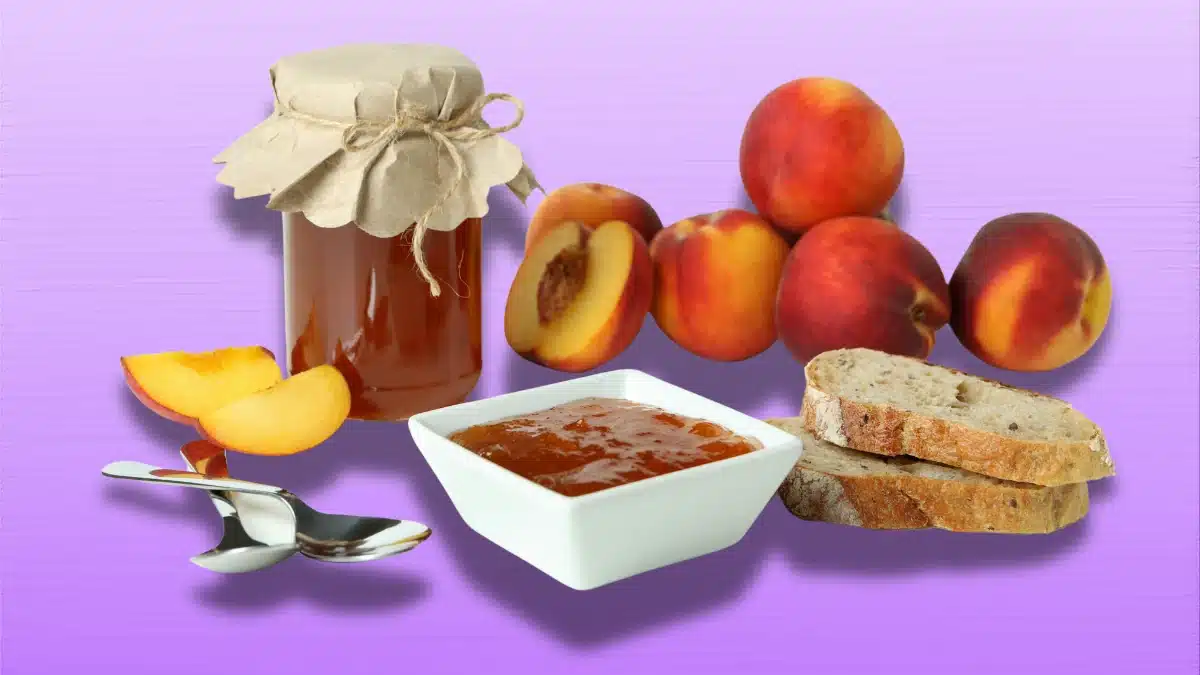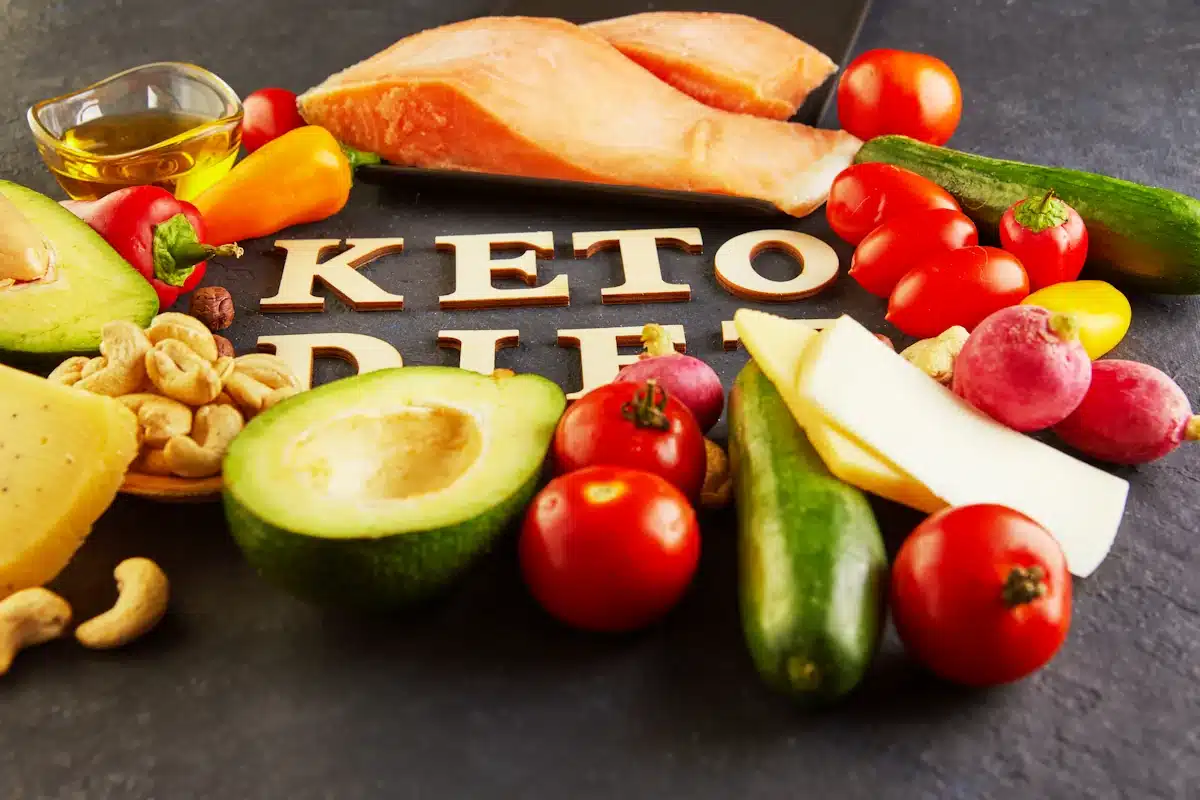
Menu
Step into a world of taste where flavours become memories. Dive into the nostalgia-inducing power of specific lunchtime ingredients. Embark on a journey of aromatic cinnamon, tangy peaches, savoury rosemary, zesty citrus, and comforting nuts. These flavours don’t just satisfy your hunger; they transport you to cherished moments. Get ready to explore the enchanting world of memory-inducing lunchtime flavours.
While we often experience the emotional impact of nostalgic flavours, the underlying neurological processes are fascinating. Understanding how our brains respond to these memory-inducing tastes can deepen our appreciation for their power.
When we encounter a nostalgic flavour, our brains release a cocktail of neurotransmitters. Dopamine, often called the “feel-good” neurotransmitter, floods reward-related areas of the brain, contributing to the positive emotions we associate with nostalgia. Simultaneously, serotonin may be released, enhancing our mood and emotional state.
Nostalgic flavours have a remarkable ability to activate our memory systems. The hippocampus, crucial for autobiographical memory, becomes highly active, helping us retrieve specific memories associated with the taste or smell. Meanwhile, the amygdala, involved in emotional memory processing, works in concert to give these memories their emotional resonance.
Our olfactory system plays a key role in this process. The olfactory bulb, which processes smell, directly connects to the limbic system, including the amygdala and hippocampus. This direct link explains why scents and flavours can trigger such vivid emotional memories, often more powerfully than other sensory inputs.
Interestingly, experiencing nostalgia through flavours may have stress-reducing effects. Some studies suggest that nostalgia can lead to decreased levels of cortisol, the stress hormone, and may even reduce inflammatory responses.
Understanding these neurological processes adds depth to our exploration of memory-inducing flavours. As we delve into specific ingredients that trigger nostalgia, remember the complex interplay of neurotransmitters, memory systems, and sensory processing with each nostalgic bite.

If you want to evoke nostalgic memories in your meals, consider incorporating the aromatic power of cinnamon. This ancient spice has been used for centuries for its unique flavour and its ability to bring back nostalgic scents from the past. The warm and comforting aroma of cinnamon can transport you back to cherished moments, like baking with loved ones or savouring a cozy winter treat.
Regarding aromatic spices, cinnamon is a standout ingredient that can instantly infuse your dishes with nostalgia. Whether sprinkled on top of a creamy latte, mixed into a batch of freshly baked cookies, or added to a savoury curry, cinnamon can awaken fond memories and create new ones.
One study found that the smell of cinnamon enhanced cognitive processing and improved working memory. This suggests incorporating cinnamon into your lunchtime meals might evoke pleasant memories and boost your afternoon productivity.

The tangy sweetness of ripe peaches can add depth and emotional resonance to your culinary creations. Ripe peaches have a way of transporting you back to childhood summers when the scent of peach cobbler baking in the oven filled the air with anticipation.
Sarah, a food blogger from Georgia, shares her experience: “Every time I bite into a juicy peach, I’m instantly transported back to my grandmother’s orchard. I can almost feel the warm sun on my skin and hear the cicadas buzzing in the trees. It’s not just a fruit; it’s a time machine.”
Making peach preserves with family brings to mind the joy and laughter shared during those moments. The tangy sweetness of ripe peaches adds a burst of flavour to your dishes and reminds you of life’s simple yet unforgettable pleasures.
Consider incorporating the aromatic allure of savoury rosemary into your culinary repertoire. Rosemary has been cherished for generations, and its distinctive pine-like fragrance can evoke memories of cozy family gatherings and cherished meals.
My paternal grandmother always roasted her chicken with lots of rosemary. To this day, I remember walking into her apartment and being overcome with the sensory explosion. Even though my family aren’t rosemary fans, I try to sneak some in when it can be well integrated. If I see a dish on a restaurant menu that is seasoned with rosemary, I often order it.
Interestingly, research has shown that rosemary can improve memory and cognitive function. A study published in the journal Therapeutic Advances in Psychopharmacology found that the aroma of rosemary oil increased participants’ speed and accuracy in cognitive tasks.
Chef Marco, a renowned Italian cook, shares: “In my family, rosemary wasn’t just an herb; it was a connection to our roots. My nonna would always tuck sprigs of rosemary into her roast chicken. Whenever I use rosemary in my restaurant, I feel like I share a piece of my heritage with my guests.”
Enhance your culinary creations with the bright and vivid memories evoked by adding citrus zest. Citrus’s zesty, tangy essence can elevate your dishes to evoke memories of leisurely citrus cocktails on a warm summer evening or the delightful zest of citrus-infused desserts.
Dr. Rachel Herz, a neuroscientist and expert on the psychological science of smell, explains: “Citrus scents are often associated with cleanliness and freshness in many cultures. This association can trigger feelings of renewal and optimism, making citrus zest an excellent addition to lunchtime meals for a midday mood boost.”
In Japan, “forest bathing” often involves inhaling the scent of citrus fruits like yuzu. This practice is believed to reduce stress and improve overall well-being, showcasing the powerful impact of citrus aromas on our mental state.
Infuse your culinary creations with the comforting and familiar flavours of nutty delights. The aroma of roasted almonds can transport you back to childhood comfort, reminiscent of holiday baking sessions and family get-togethers.
A study published in the Journal of Alzheimer’s Disease found that eating nuts was associated with better cognitive function in older adults. This suggests that incorporating nuts into your lunchtime meals could evoke pleasant memories and support brain health.
A retired teacher, John, shares his experience: “Every day, I pack a handful of mixed nuts in my lunch. The smell of roasted almonds reminds me of my family holidays. It’s like carrying a little piece of home with me wherever I go.”
Next time you’re looking for a lunchtime pick-me-up, consider the power of memory-inducing flavours. Let the aromatic nostalgia of cinnamon, the tangy sweet reminiscence of ripe peaches, the timeless culinary recollections of savoury rosemary, the bright and vivid memories of citrus zest, and the comforting and familiar flavours of nutty delights take you on a journey through time and taste. Embrace the magic of lunchtime flavours and unlock a world of cherished memories with every bite.
The power of memory-inducing flavours is not just anecdotal; it’s rooted in scientific research. Studies have shown that the olfactory bulb, which processes smells, is directly connected to the amygdala and hippocampus, areas of the brain crucial for memory and emotion. This unique neural pathway explains why certain flavours and aromas can trigger such vivid and emotional memories.
Research published in the journal “Neuropsychologia” found that odour-evoked memories were more emotional and evocative than memories triggered by other sensory cues. This suggests incorporating memory-inducing flavours into your lunchtime meals can create a more profound and emotionally resonant dining experience.
Furthermore, a study in the “Journal of Personality and Social Psychology” revealed that nostalgia, often triggered by familiar tastes and smells, can have positive psychological effects, including increased social connectedness and positive self-regard. By consciously choosing ingredients that evoke cherished memories, we can potentially enhance our emotional well-being and overall lunch experience.
As we’ve explored the nostalgic power of cinnamon, peaches, rosemary, citrus, and nuts, it’s clear that these flavours offer more than just taste. They provide a gateway to our past experiences, a boost to our cognitive functions, and a potential improvement to our emotional state. By mindfully incorporating these memory-inducing flavours into our lunchtime routines, we can create meals that nourish our bodies, minds, and spirits.

Looking to enjoy delicious keto lunches without draining your wallet? Our article

Tired of the same old lunch routine? These 5 gadgets will inspire

Isn’t it funny how life circles back? Planning a lunch with former

Keenly crafted sushi recipes promise balanced blood sugar without sacrificing flavor, but

For those adapting to the increasing teleworking trend, the lunch break takes on a new dimension. Here, the challenge is not about escaping the office environment but enhancing the home setting to create a refreshing break from work.
The Lunch Pro addresses these needs by offering creative ideas for time-efficient and satisfying home meal preparations, ensuring that teleworkers can effectively detach from their work roles, even briefly.